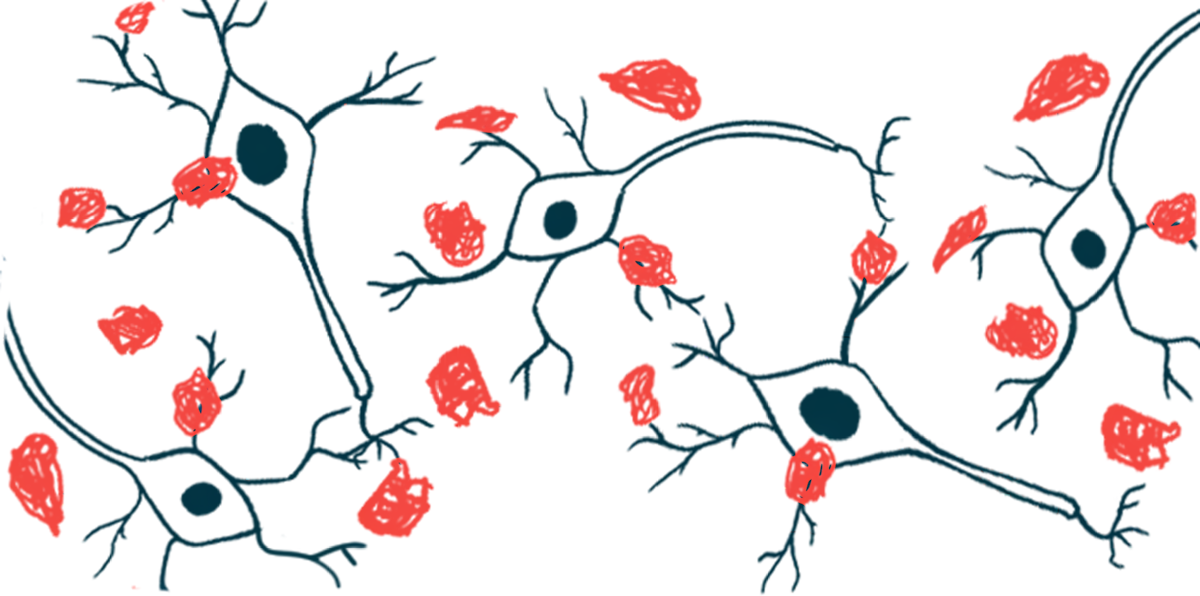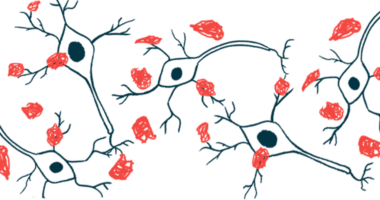Protein clumps linked to Parkinson’s form pores in brain cells: Study
Understanding process could spur strategies to block resulting damage

Researchers have shed light on how alpha-synuclein oligomers, small soluble protein clusters linked to Parkinson’s disease, may disrupt nerve cell function by forming dynamic, reversible pores in their cell membrane.
By developing a novel assay that enabled real-time visualization of how these oligomers interact with tiny artificial vesicles resembling cell membrane structures, they found that the oligomers first bind to the membrane, then partially insert themselves into it, and finally form dynamic pores that continuously open and close, allowing molecules to pass through and potentially disrupt nerve cell function.
“Our findings suggest that increased dynamic pore formation could imply increased membrane toxicity,” researchers wrote, adding that understanding the three-stage process could help develop future strategies to block the damage caused by alpha-synuclein oligomers in Parkinson’s disease.
The study, “Single-vesicle Tracking of α‑Synuclein Oligomers Reveals Pore Formation by a Three Stage Model,” was published in ACS Nano.
Researchers focus on alpha-synuclein oligomers
Parkinson’s disease is marked by damage and death of dopaminergic neurons, which are the nerve cells responsible for producing dopamine, a brain chemical that plays a crucial role in motor control. While the exact cause that triggers this loss is still uncertain, the buildup of toxic protein aggregates made from misfolded alpha-synuclein is thought to play a central role.
Most studies have focused on larger clumps of alpha-synuclein, known as Lewy bodies, but less is known about smaller, soluble clusters called alpha-synuclein oligomers. These oligomers are thought to bind to and partially insert into the cell membrane, disrupting its integrity and allowing molecules to leak through, which can impair nerve cell function and lead to cell death.
The exact mechanisms behind this process, including how fat, or lipid, composition and membrane curvature influence this disruption, are still not fully understood, the researchers noted.
To learn more, the team used fluorescently labeled artificial vesicles, or liposomes, attached to a glass surface as simplified cell membrane models to directly observe how individual alpha-synuclein oligomers interact with each liposome’s membrane in real time. They analyzed more than half a million liposomes with high-resolution microscopy.
The researchers found that both the charge and size of the liposomes directly influenced the binding of alpha-synuclein oligomers.
Pore formation most frequent in liposomes with a high negative charge
Liposomes with a negative charge, a feature common in nerve cell membranes, showed increased recruitment of alpha-synuclein oligomers. Those rich in phosphatidylglycerol (PG), a lipid with a strong negative charge found in the membranes of mitochondria, the cell’s powerhouses, recruited significantly more oligomers than those containing phosphatidylserine (PS). PS is typically found in synaptic vesicles, which store and release chemicals for communication between nerve cells.
Additionally, smaller, more curved liposomes attracted more oligomers per unit area than larger, flatter ones. However, when liposomes had a high negative charge, oligomers could bind effectively across different sizes, regardless of membrane curvature.
Pore formation, which was confirmed by tracking the release of fluorescent dye or ions from liposomes upon interaction with alpha-synuclein oligomers, was most frequent in liposomes with a high negative charge, especially those containing PG.
The researchers suggested this occurrence is likely due to the greater flexibility of PG lipids, which facilitates the exposure of negative charges on the membrane, allowing oligomer binding and pore formation. The structure of PS lipids is more rigid. The findings suggest that mitochondria, which have a high concentration of PG lipids in their membranes, may be particularly vulnerable to this damage.
The release of fluorescent dye in distinct steps also showed that the pores opened and closed dynamically, allowing small molecules to leak out in separate bursts rather than a continuous flow.
The nanobodies did not block the pore formation. But they may still help detect oligomers at very early stages of the disease. That’s crucial, since Parkinson’s is typically diagnosed only after significant neuronal damage has occurred.
Real-time imaging further revealed that pore activity was dynamic and reversible, with alpha-synuclein oligomers cycling between partial and full pore insertion, causing a stepwise on-off pattern of leakage. Larger liposomes, particularly those rich in PG, underwent more frequent cycles of pore opening and closing, releasing more dye with each cycle, suggesting that the pores in these liposomes were larger or more stable.
“This dynamic behavior may help explain why the cells don’t die immediately, ” Bo Volf Brøchner, PhD student at Aarhus University in Denmark and first author of the study, said in a university news story. “If the pores remained open, the cells would likely collapse very quickly. But because they open and close, the cell’s own pumps might be able to temporarily compensate.”
The researchers then tested two small antibodies, or nanobodies, against alpha-synuclein oligomers. One of these nanobodies significantly increased pore formation, while another caused a decrease in the percentage of vesicles with pore formation, though this was not statistically significant.
“The nanobodies did not block the pore formation,” said Volf Brøchner. “But they may still help detect oligomers at very early stages of the disease. That’s crucial, since Parkinson’s is typically diagnosed only after significant neuronal damage has occurred.”
While the researchers acknowledged that the system doesn’t fully replicate the complexity of real cell membranes, they emphasized that future studies using living organisms are crucial to understanding how pore formation behaves under natural conditions.
“Importantly, our assay enables [large-scale] screening of lipid compositions and curvatures and provides a direct and sensitive method for screening additives such as nanobodies,” the researchers wrote.








